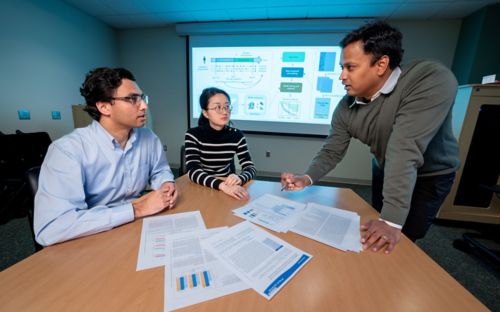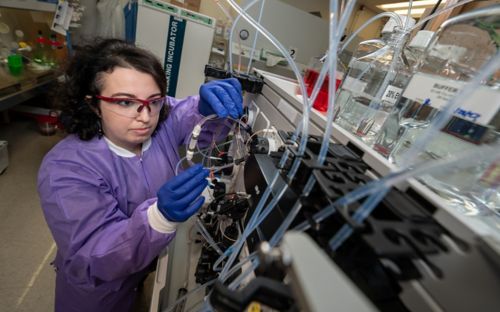You can help prevent suicide

There are things you can do to help someone considering harming themselves. Talk about it, pay attention to the warning signs and seek help.
Suicide is the second leading cause of death among individuals 10-34 years of age. According to the Centers for Disease Control and Prevention, suicide rates have increased during the past 20 years. Because of this, it is important to be aware of common myths and warning signs associated with suicide.
It’s OK to ask
For example, some people inaccurately believe that if you ask someone if they are thinking about killing themselves it will encourage suicide attempts or it will put that thought in their head. This is not only false, but potentially dangerous. We know that asking about suicidality or thoughts of self-harm is often the first step in ensuring someone’s safety. Similarly, we know that asking these questions invites open communication should someone already have those thoughts present.
Talk about it
We also know that how you talk about suicide is very important. When discussing suicide or questioning someone about potential suicidality, suicide should never be romanticized. Suicide should be discussed in a factual, matter-of-fact, concise manner following someone’s exposure to suicide or suicidal behavior in another.
Suicide contagion
Suicide contagion refers to increases in suicide and/or suicidal behavior related to one’s exposure to suicide, either within their family, among their peers, or through media reports of suicide. According to the US Department of Health and Human Services, if someone is exposed to suicide or suicidal behavior amongst their peers, colleagues, or family members then an evaluation by a mental health professional might help decrease the likelihood of suicide contagion.
It is not inevitable
Another common myth is that suicide is inevitable if a person is intent on killing themselves. That’s wrong. Suicides can be prevented and people can be helped. In fact, suicidality often is a temporary state. Unfortunately, it is one whose consequences can be deadly when acted upon. Therefore, it is important to know warning signs related to suicidality and to seek help for yourself or others if concerned about suicidality.
Pay attention to the warning signs
Common warning signs associated with suicide include: talking about wanting to die or killing oneself; giving away prized possessions; visiting people to say goodbye; expressing feelings of hopelessness or despair; talking about being a burden to others or having no purpose; expressing a lack of interest in the future; preoccupation with death; increasing or initiating the use of alcohol or drugs; displaying overwhelming emotional pain or distress; unexplained crying; demonstrating an increase in irritability; dropping out of group activities; drastic changes in functioning, such as increased withdrawal/isolation, sleeping too much or too little, or having anger or hostility that seems out of character or out of context; and, exhibiting some or all of the aforementioned warning signs and then having a rapid improvement in these signs.
Jennifer Allen of the St. Jude Department of Psychology contributed to this blog post.






